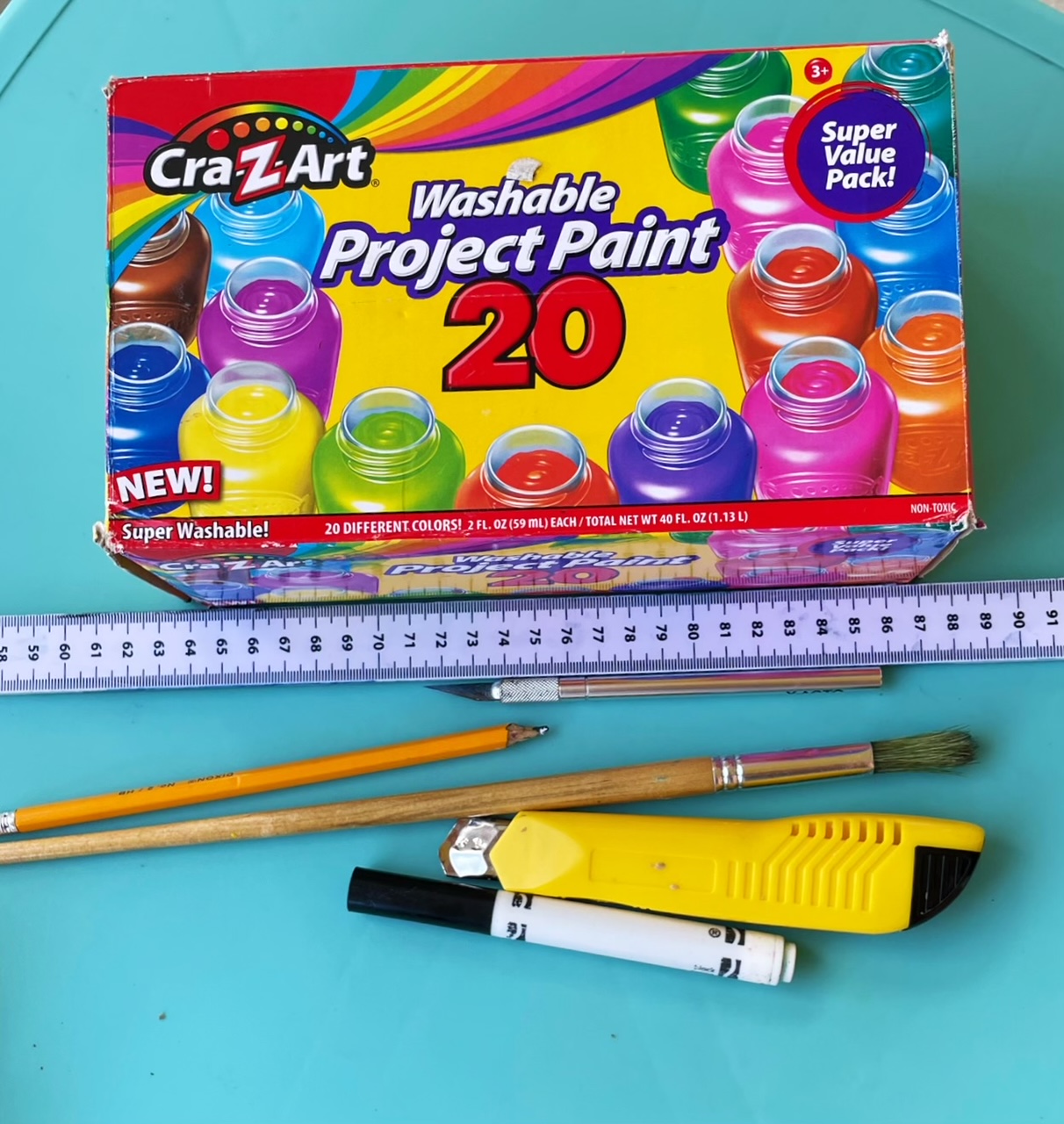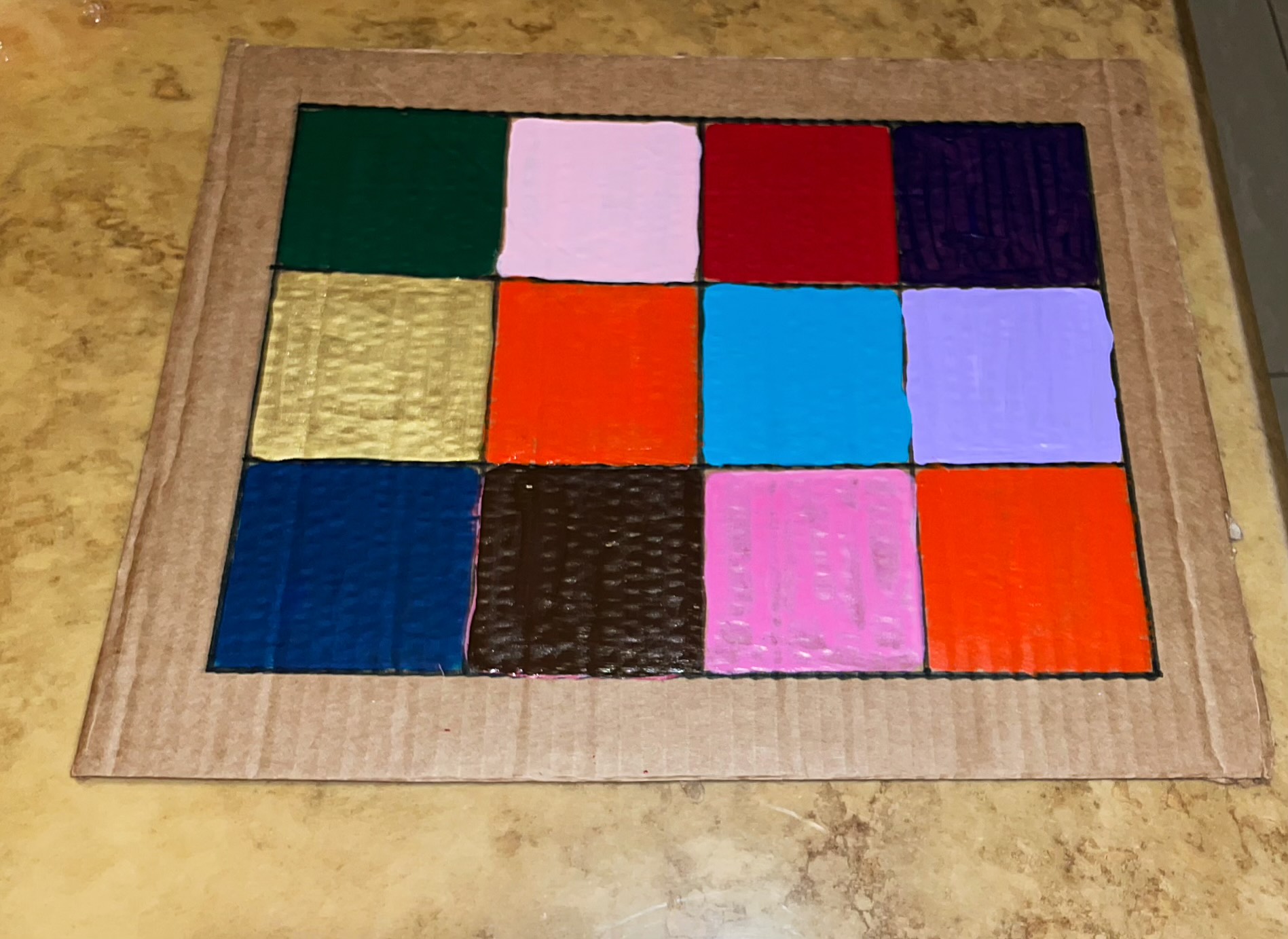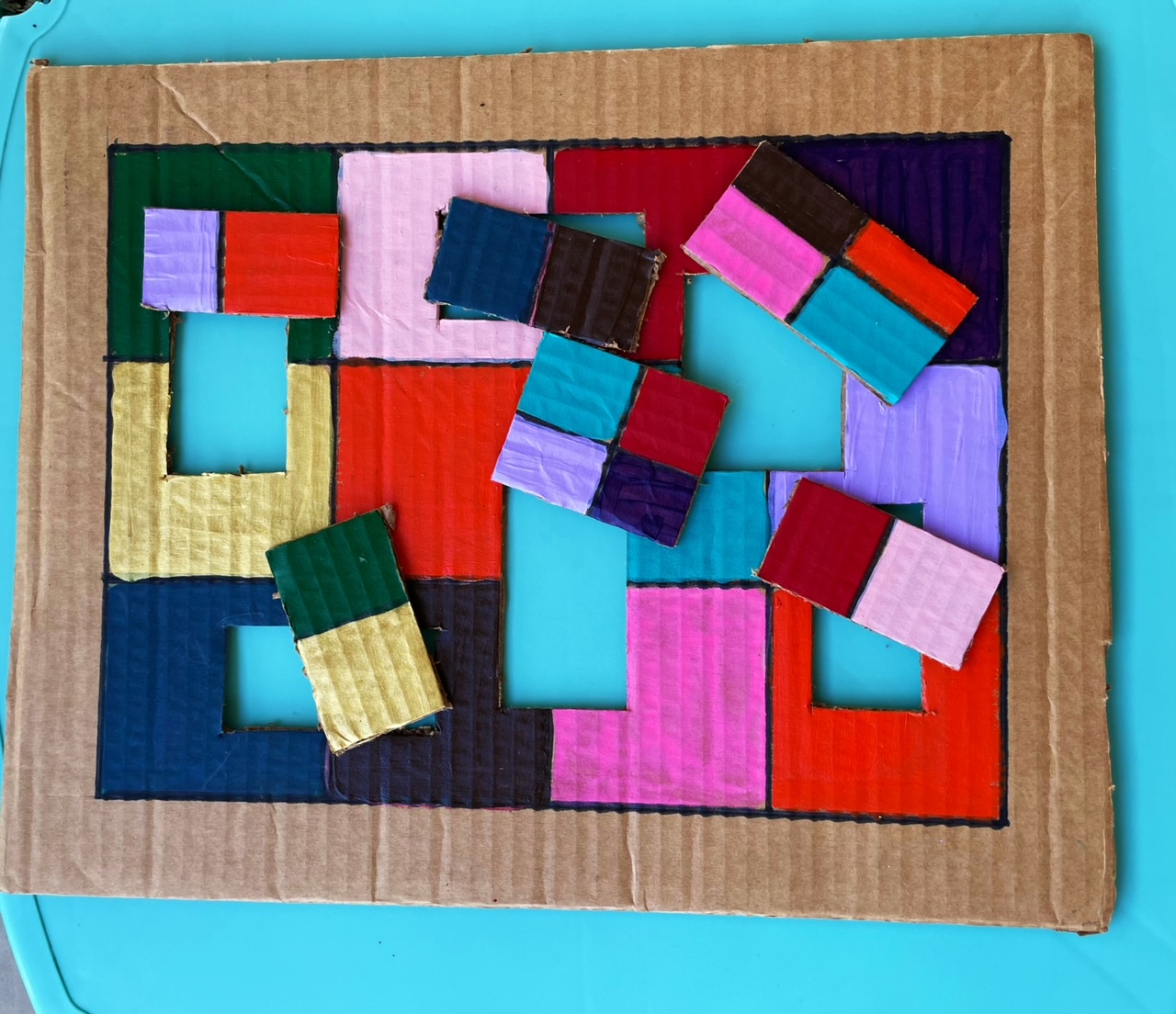As a busy working mom of a toddler, I work 10 hours a day (don’t forget the 1.5-hour commute). I am constantly burdened with mom guilt as I try to find the work-home balance that seems impossible to achieve. I know this might be your reality as well.
Between making dinner, taking a shower, and prepping for school/work the next day I make it my mission to carve out a bit of time to connect through play with my little one. In this digital age where screens are seemingly taking over kid’s leisure time, the simple joys of traditional play activities have taken a backseat. Beyond providing entertainment, engaging in activities with paint and puzzles has developmental benefits from fine-tuning motor skills, building patience, and fostering creativity.
For a parent, play can be exhausting especially at the end of a busy day. On the other hand, it seemingly fuels my toddler who is eager to spend some time with her mommy. If your little one is obsessed with paint and puzzles like mine, this DIY puzzle game will sure be a winner for your mommy and me quality time.
If your toddler is anything like mine, they will light up at the sight of paint. This is a messy project but the cleanup will be worth it in the end. A craft like this has many proven benefits for your little one.
What are the benefits of Paint and Puzzle for Kids?
Painting activities are not just about applying paint on paper, tables, floors or God forbid the walls. It is a sensory-rich experience that reinforces color recognition. This can also double as a color-mixing activity if you have a limited variety of paint on hand (no pun intended).
Motor skills development
This is an important part of assessing child development. Picking up puzzle pieces with fingers and placing them in the correct places builds the muscles of the hands. Also through the act of painting, they have to grasp the paintbrush and control their strokes to fine-tune these skills. Intricate movements like these lay the foundation for tasks such as drawing, writing, and playing instruments.
Develop hand-eye coordination
This is the ability of the hands and eyes to work together to perform functions such as feeding themselves, holding a pencil, pouring a glass of water, and playing with a ball. By painting within the lines and placing the puzzle pieces in the correct place they will enhance their visual-motor skills.
Build patience and work through frustration
All puzzles are problems that need to be solved. By dumping all the pieces out on the table or ground they will have to organize them by a system of small manageable tasks. They will have to exercise patience while attempting to paint within the lines and understand that practice makes perfect.
Improves memory
Puzzles are memory-building activities. Through repetition, children will remember where each piece goes. Over time, it will take less time to complete the challenge.
Builds confidence
Completing such a task will boost their self-esteem through the realization that they can do things on their own.
Strengthens vocabulary
Puzzles help build vocabulary by identifying colors, shapes, and objects. Painting serves as a medium by which they express their emotions nonverbally, and communicate their thoughts and feelings. They can use expressive language and hear repetitive instructions in simple directions.
Here’s a step-by-step instruction on creating a DIY puzzle for kids.
Supplies List
Old cardboard box
Ruler
Box cutter
X-acto knife
Pencil
Marker
Acrylic/ Poster paint
Paintbrush

Instructions
Step 1:
Using the ruler and pencil measure a 14×16 rectangle on the cardboard box and cut using a box cutter.
Step 2:
Use the ruler and pencil to measure another rectangle on the inside of the cardboard about 10×14. Divide the rectangle into 12 squares measuring approximately 9×9 cm each. Trace over the lines with a black marker with the help of a ruler.
Note the measurements don’t have to be exact, plus you can scale up or down as you like to suit your child’s age or the time that you have to create.
Step 3:
Using a paintbrush, paint the squares with an assortment of colors as you choose. I started using poster paint but ended up cooperating with acrylic paint as they were more vibrant and produced better results on the cardboard.

Step 4:
Allow the paint to dry. This may take a few hours or overnight.
Step 5:
After the paint is dry, retrace squares with a black marker to conceal any mess made while painting. They use a ruler and x-actors knife to cut out between 14-18 small 1.25” to 1.5” squares at random. Make sure to cut out squares with overlapping colors making it more interesting.
Step 6:
Ready to play.

Conclusion
As parents and caregivers, let us embrace the colorful world of paint and the allure of puzzles, recognizing their profound impact on shaping young minds.


Pingback: 7 Best Puzzles for Kids: Unleash the Benefits – The Mommy Script